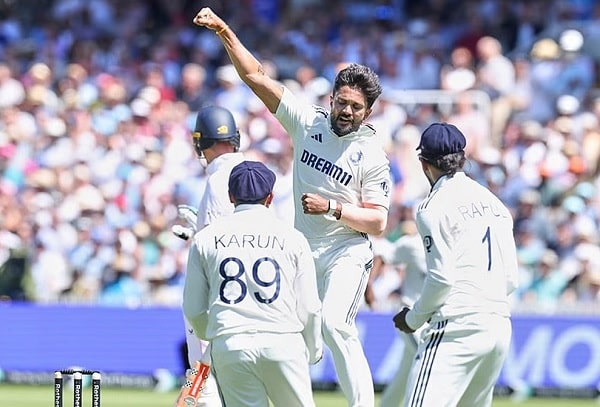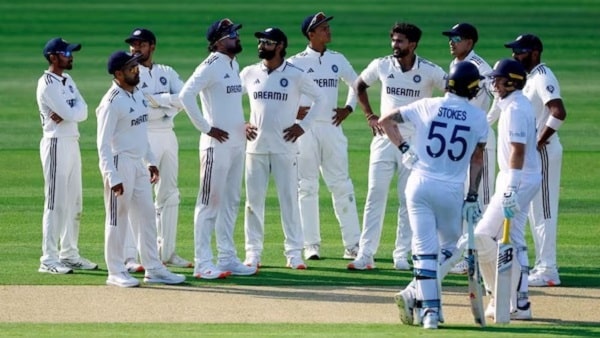Lord’s Cricket Ground, steeped in history and tradition, is under heightened security during the third Test match between India and England, played as part of the ongoing Anderson-Tendulkar Trophy. Several precautionary measures have been implemented in light of previous pitch invasions and protests, particularly the disruptions seen during the 2023 Ashes series.

As reported by a leading publication, authorities have deployed undercover guards and introduced random spectator checks to prevent potential protests and to ensure the safety of the players as well as the integrity of the match. This follows a notorious incident in the 2023 Ashes, where a ‘Just Stop Oil’ protester stormed the field and threw orange paint during the second Test.
In line with the updated safety guidelines, fans are prohibited from bringing flags and banners into the stadium. Additionally, stricter protocols have been established within the players’ pavilion area. These were introduced in response to the abuse faced by the Australian team, particularly Alex Carey, from certain Marylebone Cricket Club (MCC) members after the controversial run-out of Jonny Bairstow last year. As a consequence of that incident, some MCC members faced bans and a larger buffer zone between the players and members was created. These restrictions remain firmly in place for the current Test as well.

This match is drawing considerable attention and is expected to be one of the most well-attended games at Lord’s in the past two years. With a seating capacity of just over 30,000, the ground saw a full house on Day 1 and a significant portion of Day 5 tickets have already been sold. Indian fans, many of whom have travelled from abroad, are reportedly spending thousands of pounds to be a part of this historic contest.
After two Tests dominated by high scoring and aggressive stroke play, the opening day at Lord’s brought a sense of normalcy and traditional Test match attrition. England, abandoning their usual Bazball style, opted for a more cautious approach on a surface that demanded patience. Joe Root emerged as the standout performer, anchoring the innings with a composed 99 not out. By the end of the day, England had reached 251 for 4, with none of the batters scoring at a strike rate above 60.

Commenting on the shift in approach, former England cricketer Jonathan Trott, speaking during the broadcast, described the day as intriguing from the very start. He noted how England departed from their aggressive tactics of the first two Tests. While Ollie Pope initially attempted a brisk start, he quickly adapted his style upon recognising the nature of the pitch.
Jonathan Trott praised Pope for this adjustment and highlighted Joe Root’s fluency at the crease, particularly his elegant strokeplay, a cover drive and a mid-wicket flick on Siraj’s bowling stood out. Trott added that Root appeared settled and likely to bat deep into the innings. He also mentioned that although there might have been an opportunity to attack Ravindra Jadeja in the final over, England chose a more measured route, especially with captain Ben Stokes dealing with a minor injury.

The day concluded with both the sides locked in a strategic battle, as the historic venue bore witness to a Test match that may well shape the outcome of the series, all under the watchful eye of increased security and an expectant crowd.




